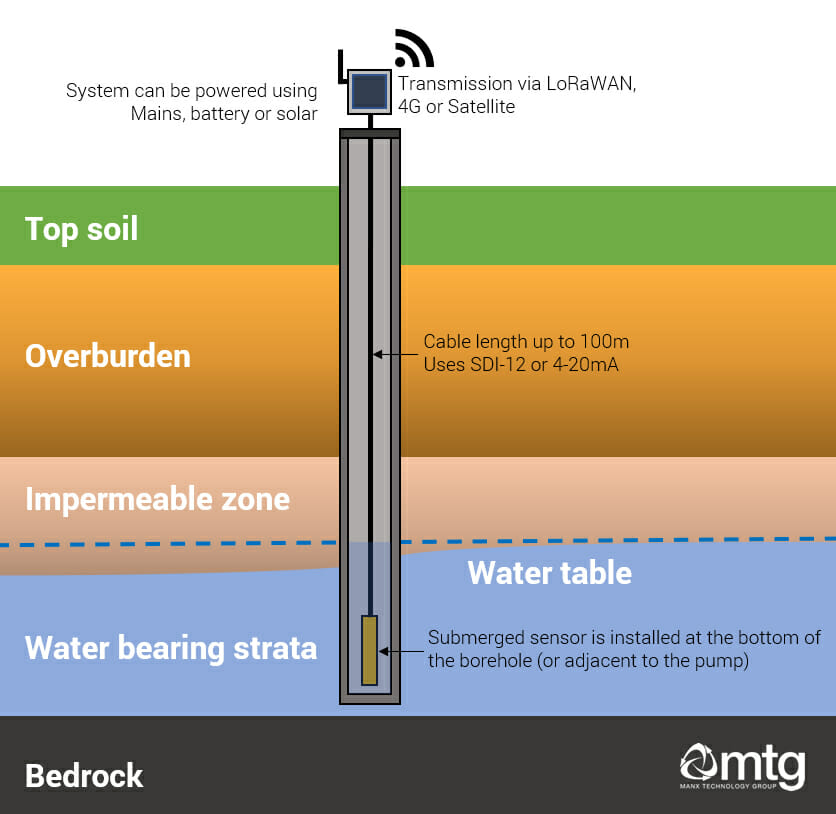
Indonesia is an archipelagic nation with a population of over 260 million people, spread across more than 17,000 islands. This makes it difficult to monitor and manage the nation’s water resources effectively. The importance of groundwater to the Indonesian people cannot be overstated, as it is their primary source of drinking water. To ensure the sustainability of these resources, it is important to have accurate information about groundwater levels. Drone technology has been used in hydrogeological measurements in Indonesia to help map and monitor groundwater levels.
Drones are unmanned aerial vehicles (UAVs) that are equipped with high-definition cameras and sensors. These tools allow for precise mapping and monitoring of various aspects of water resources, including groundwater levels. The drones can be used to collect data on the terrain, vegetation, and surface water flow, as well as to measure the depth of groundwater and the quality of the water. This data can be used to identify areas that are at risk of groundwater depletion and to develop strategies to protect water resources.
Using drone technology to map and monitor groundwater levels in Indonesia is cost-effective and efficient. It is much faster than traditional methods of monitoring, and it can be done from a safe distance. Drones can also be used to monitor the impacts of climate change and natural disasters on groundwater levels. This data can then be used to create strategies to protect water resources and ensure their sustainability.
In addition to mapping and monitoring groundwater levels, drones can also be used to collect data on water quality. This data can be used to identify sources of water contamination, such as agricultural runoff or industrial waste. This information can then be used to develop strategies to reduce water pollution and protect water resources.
The use of drones in hydrogeological measurements in Indonesia is a relatively new technology, but it has already proven to be an invaluable tool. It is an efficient and cost-effective way to map and monitor groundwater levels, as well as to identify sources of water contamination. This data can then be used to develop strategies to protect water resources and ensure their sustainability.
Benefits of Drone Technology for Hydrogeological Measurements in Indonesia
The use of drone technology in hydrogeological measurements in Indonesia has several key benefits. Firstly, it is cost-effective and efficient. Monitoring groundwater levels using drones is much faster than traditional methods, and it can be done from a safe distance. Secondly, it can provide detailed information on the terrain, vegetation, and surface water flow. This data can be used to identify areas that are at risk of groundwater depletion and to develop strategies to protect water resources. Thirdly, drones can also be used to collect data on water quality, which can be used to identify sources of contamination and develop strategies to reduce water pollution. Finally, drone technology can be used to monitor the impacts of climate change and natural disasters on groundwater levels.
Conclusion
In conclusion, drone technology has been used in hydrogeological measurements in Indonesia to help map and monitor groundwater levels. This technology is efficient and cost-effective, and it provides detailed information on the terrain, vegetation, and surface water flow. It can also be used to collect data on water quality, which can be used to identify sources of contamination and develop strategies to reduce water pollution. Finally, drone technology can be used to monitor the impacts of climate change and natural disasters on groundwater levels. This data can then be used to create strategies to protect water resources and ensure their sustainability.